New York's Donald J. Trump State Park: A story of abandonment and decay
YORKTOWN, N.Y. — Donald J. Trump State Park is dilapidated and forgotten. No running path, no picnic table, no basketball hoop, no hiking trail, no ball field. It’s 436 acres of neglected land, overrun by weeds and brush. Most of the buildings that once stood on it have been demolished, and the few that remain are in utter disrepair: broken windows, rusted metal, corroded walls, missing or boarded-up doors and caved-in roofs.
That’s what became of the gift Donald Trump once gave to New York State.
Yahoo News sent several recent pictures of the park to Eric F. Trump, the president’s son and executive vice president of the Trump Organization, to see what he thinks of its current state. He responded that the state has failed to maintain the property and that he’s disappointed by what he saw in the photographs.
“It is very disappointing to see the recent pictures of the Donald J. Trump State Park. My father donated this incredible land to the State of New York so that a park could be created for the enjoyment of all New York State’s citizens,” Eric F. Trump told Yahoo News. “Despite the fact that the terms of his gift specifically required the State to maintain the Park, the State has done a poor job running and sustaining the property. While we are looking into various remedies, it is my sincere hope that going forward, the State will exercise greater responsibility and restore the land into the magnificent park it was, and should continue to be.”
In the ’90s, then businessman Trump purchased a large swath of open meadows and thick woods 45 miles north of midtown Manhattan for a reported two million dollars, with plans to build a private golf course. But Trump couldn’t get approval from the towns of Putnam Valley or Yorktown and wound up donating the land to New York State in 2006. He claimed to the media that this land was worth $100 million (though this was likely his characteristic hyperbole), and received a substantial tax write-off.
On April 19, 2006, then Gov. George E. Pataki announced Trump’s “generous and meaningful gift” would become New York’s 174th state park. He said the park would protect open space, increase public access to scenic landscapes and provide recreational opportunities in the city’s far-northern suburbs.
“On behalf of the people of the Empire State, I express our gratitude to Donald Trump for his vision and commitment to preserve the natural resource of this property for the benefit of future generations,” Pataki said at the time.
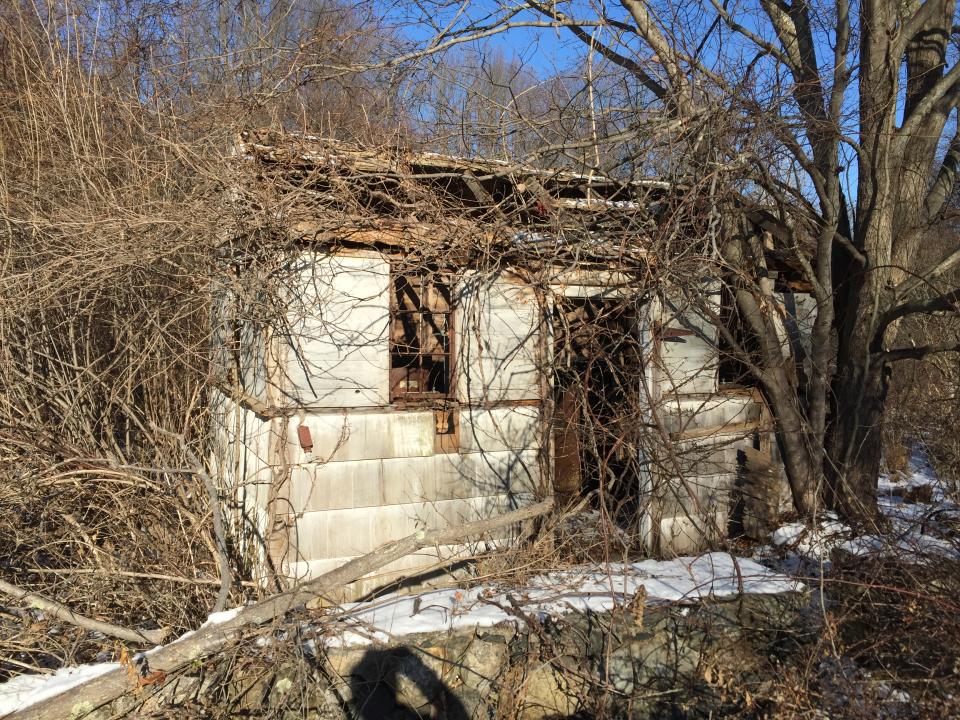
Trump said, “I have always loved the city and state of New York, and this is my way of trying to give something back. I hope that these 436 acres of property will turn into one of the most beautiful parks anywhere in the world.”
The establishment of Donald J. Trump State Park combined two parcels of land: the 282-acre Indian Hill site, which straddles the border of Westchester and Putnam counties, and the 154-acre French Hill site in Westchester County. Pataki’s office touted the new park as an example of New York’s role as a national leader in stewarding the United States’ natural resources.
But the promised recreational facilities never were built. New York stopped maintaining Donald J. Trump State Park in 2010 because of budget cuts, even though its annual operation costs were only $2,500, and it was cared for by workers at nearby Franklin D. Roosevelt Park.
Randy Simons, a public information officer for the New York State Office of Parks, Recreation and Historic Preservation, told Yahoo News that the park is currently open and serves “as a passive park offering hiking, birdwatching and similar outdoor recreational activities.”
Simons explained that the office recently removed several vacant and shabby buildings to address potential public safety and environmental hazards. This consisted of demolishing a 3,700-square-foot house, four other structures and a swimming pool. They also conducted asbestos and lead paint abatement.

“Trail planning is underway for a formalized hiking trail network and mountain bike trails. The first step is a natural resources review and state environmental quality review to ensure that sensitive wetlands and plant and animal habitats are protected,” Simons said. “The ultimate timeline will be determined by this review.”
Putnam Valley’s town supervisor Sam Oliverio Jr. recalls hiking as a child in the area, when it was farmland. He was pleased when Trump donated the land so it would stay green, but lamented that New York State has not maintained the property. He said the state “hasn’t done a blessed thing” there and Putnam Valley, a small municipality, can’t afford to improve the park or establish hiking trails.
“Right now, if you were drive up Indian Hill Road to the top of the mountain, you wouldn’t even be able to get into his property because the bushes and brambles are just about impassable,” Oliverio told Yahoo News.
The foliage has overtaken the roadways and paths that tractors used to travel to reach the fields when it was farmland, he said. Thorn bushes and brambles have proliferated across the hillsides and slopes since the park’s abandonment.
“It’s pretty sad because it could’ve been a beautiful hiking area. It still could be if somebody could come forward with some money. I wonder if Trump himself would donate something to clean up his own park,” Oliverio said, laughing. “He has tons of money. He’s saving $30 million on his new tax deal, so maybe this will inspire him.”
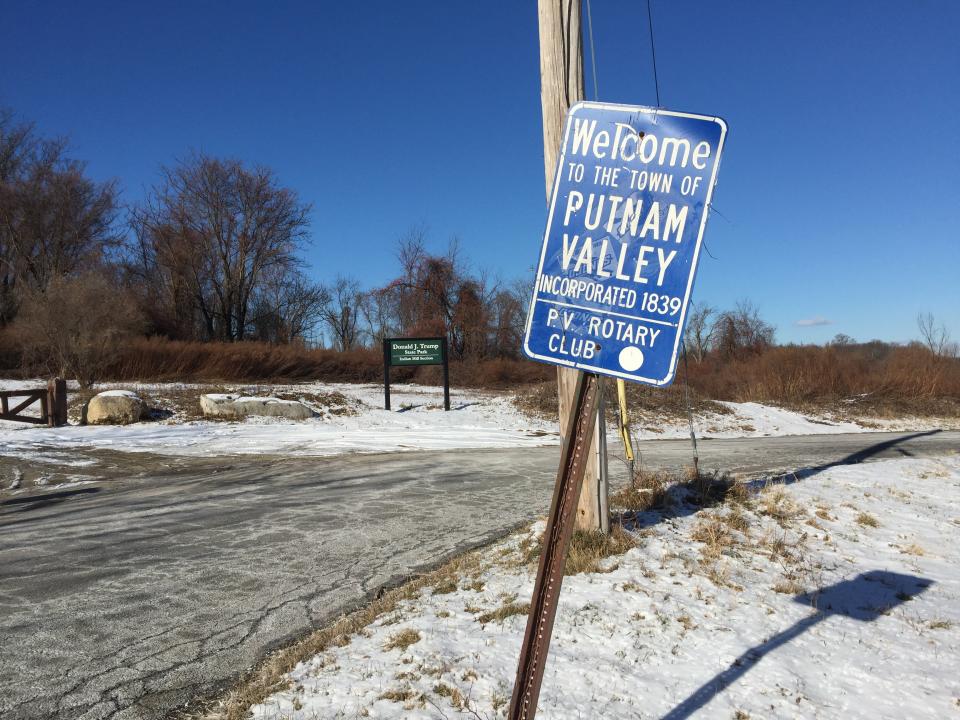
(The exact effect of the tax law on Trump’s personal finances is not publicly known. Before it passed, Trump claimed it would actually cost him money, but most financial experts doubt that.)
Oliverio thinks the property’s current condition is preferable to it being a Trump country club. It includes wetlands and swampy area, and because there are no municipal sewers at the top of the mountain, development would require septic tanks. Locals worried that these would eventually leach into the wetlands and contaminate their drinking water.
“Now it’s just a piece of property that’s overgrown,” Oliverio said.
How much Trump benefited from donating the land is difficult to determine. Bridget J. Crawford, a professor at Pace University School of Law in nearby White Plains, N.Y., and a member at the American Law Institute, said it’s quite common for wealthy people to donate real property to a state or a local government for a park. The Rockefeller family, for instance, donated the Rockefeller State Park Preserve in Sleepy Hollow, N.Y., little by little starting in 1983.“
“There’s nothing unusual about the donation,” Crawford told Yahoo News. “The problem of course here is that the donation of land was made but there was no additional cash gift made in order to maintain or create the park. It seems the state and municipalities don’t have the money to do that. If these sort of deals ‘fail,’ it’s always because of lack of funding.”
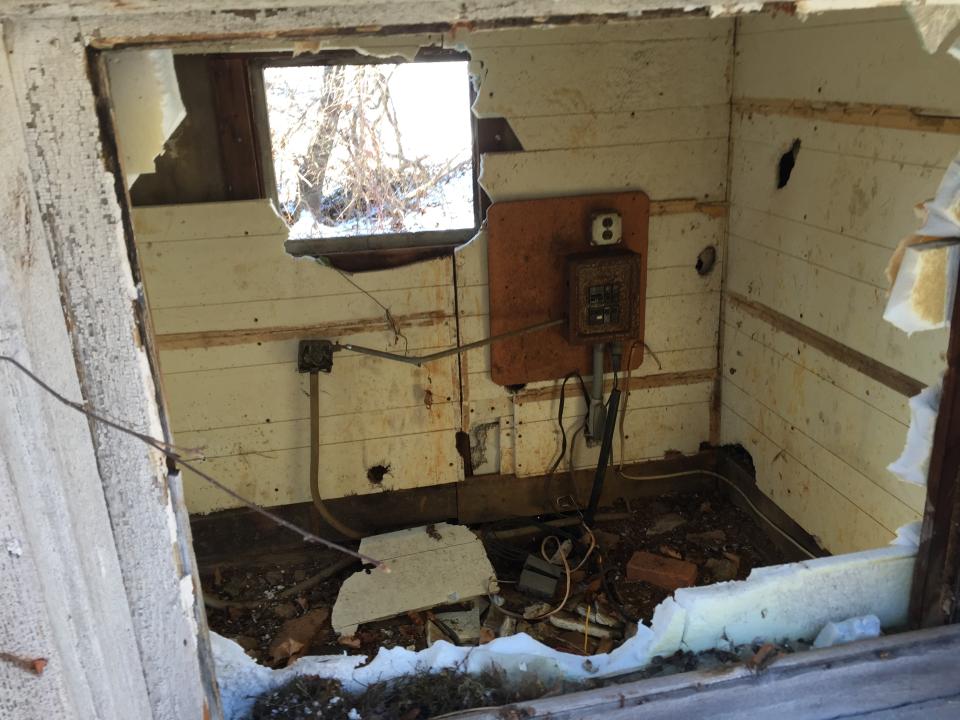
Crawford’s scholarship focuses on wealth transfer taxation and property law. She said people who are serious about establishing open space parks that the public can use in meaningful ways often make substantial cash contributions as well to fund the park’s maintenance.
As for how much money Trump saved, it would depend on what valuation the IRS accepted for the land; the figure of $100 million was Trump’s unofficial estimate, for public consumption. Another variable is whether he personally owned the property or purchased it via a pass-through entity like an LLC. Crawford explained that if it were owned through an LLC that was ignored for income tax purposes, which is not unusual, a $100 million donation would have saved Trump about $35 million in taxes.
Nevertheless, it seems unlikely that the IRS would accept a $100 million appraisal of land that was sold for a few million dollars at fair market value in the 1990s.
David Reiss, a professor of law at Brooklyn Law School who focuses on real estate finance and community development, said he doesn’t doubt that Trump got an appraisal that “pushed the limits” to price it as high as possible, a move that is not uncommon. He said it’s possible that Trump got an appraisal that determined he would make more money by donating the land than he would by selling it. And it wouldn’t have to be as high as $100 million.
“If he claimed it was worth $10 million and he bought it for two or three million dollars, it’s conceivable that he came out ahead with this donation,” he said. “He actually could be better off financially. And this is not just for Donald Trump, but any donor in a comparable situation.”
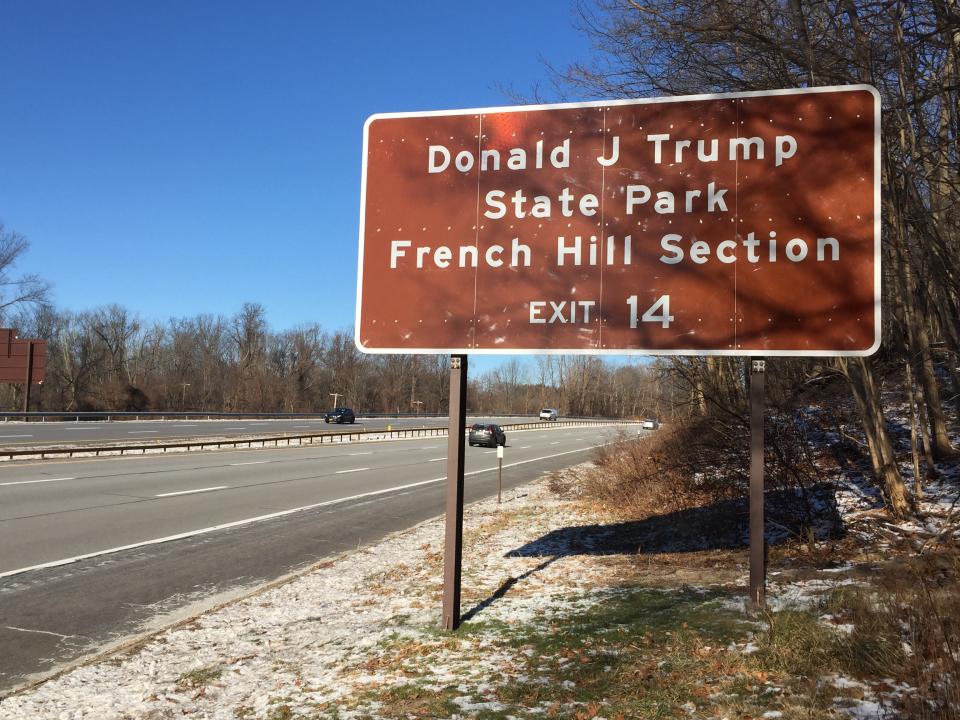
Despite being abandoned, signs for Donald J. Trump State Park are visible to drivers on the Taconic State Parkway. The name was already controversial when Trump was best known as a temperamental real estate developer with a flair for the theatrical. But the highway signs became an eyesore for many liberal and moderate New Yorkers as Trump’s political star rose.
In December 2015, assembly member Charles D. Lavine and State Sen. Daniel Squadron introduced the “Anything but Trump Act,” calling upon New York to rename the park and remove any public signs bearing his name in light of his “increasingly discriminatory proposals.” They characterized Trump’s rhetoric as antithetical to New York’s core values. Lavine suggested the park be renamed after African-American Revolutionary War veteran Peter Salem.
“Trump was running a campaign fueled by hatred and there was no good reason for the state of New York to amplify his name by featuring it on a public park. After all, this park is owned by all the people of the state of New York, which has always been known for its diversity. There were certainly many New Yorkers insulted by the manner in which Trump and his advisers ran his campaign,” Lavine told Yahoo News.

Lavine pointed out that the public had never seen Trump’s tax returns for the year he donated the land to New York. He was concerned that Trump wrote the park off for far more than he paid for it.
“Every New Yorker, even those who were the subject of his hatred, were then subsidizing his wealth, because he had to pay a whole lot less in state taxes. That meant the rest of us had to make up for it,” Lavine said.
Around the same time as Lavine’s bill, a petition on Change.org called “Rename the Donald J. Trump State Park to … anything else” garnered nearly 3,000 signatures.
Queens Assembly Member Nily Rozic proposed similar legislation in September 2017 that would rename the park after Heather Heyer, the young woman who was killed on Aug. 12 while protesting the “Unite the Right” white nationalist rally in Charlottesville, Va. Rozic started circulating a petition for this change, saying the names for the state’s public parks should “embody the goals of uplifting and unifying New Yorkers.”
With additional reporting from Yahoo News’ Hunter Walker
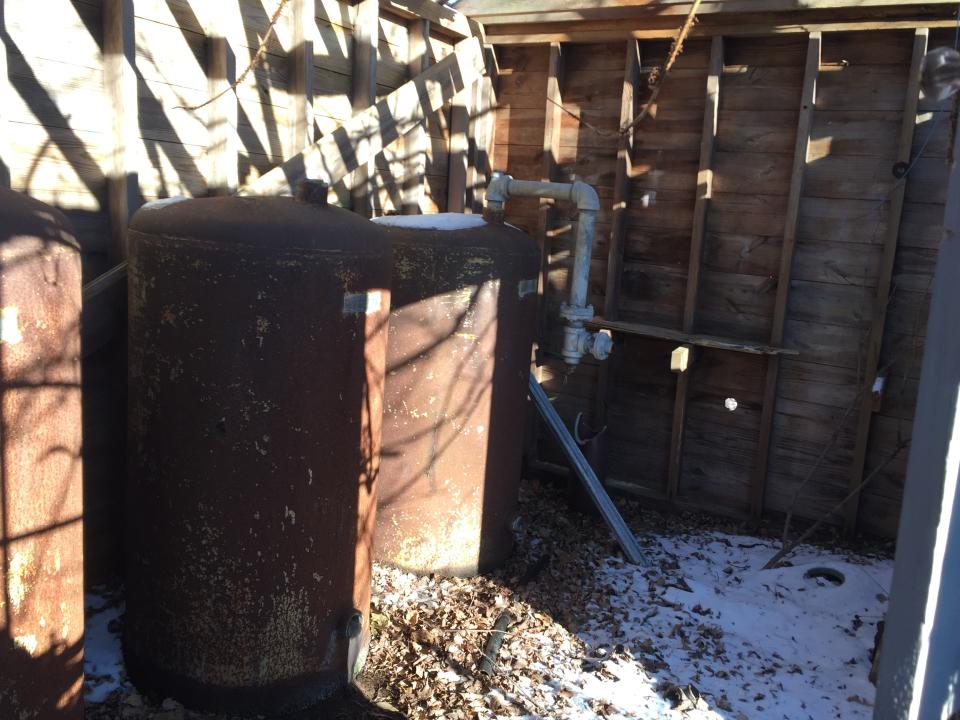

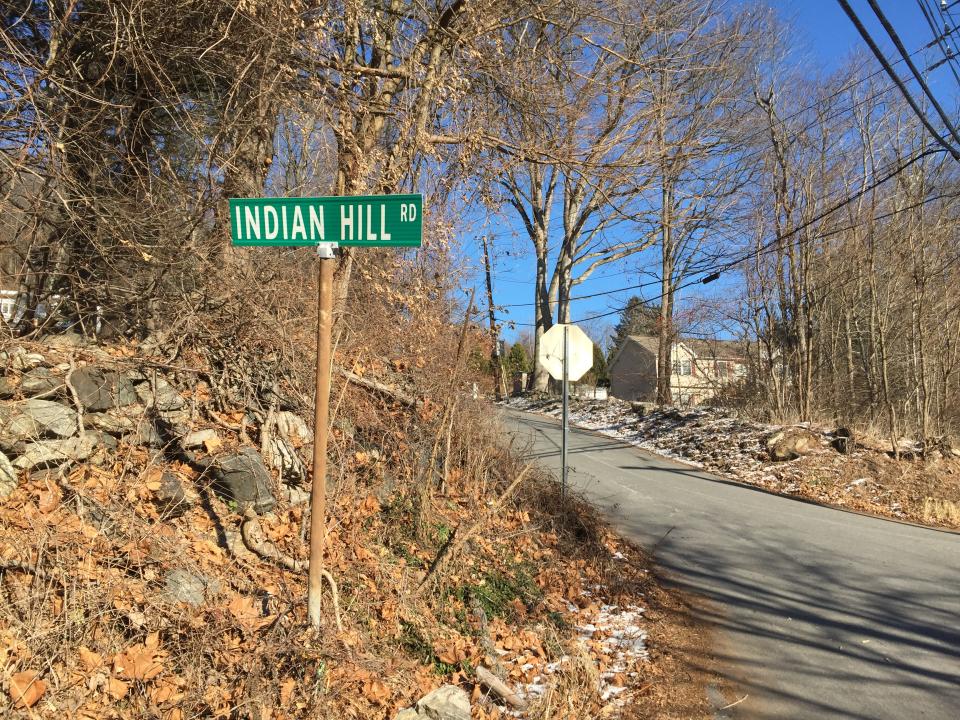


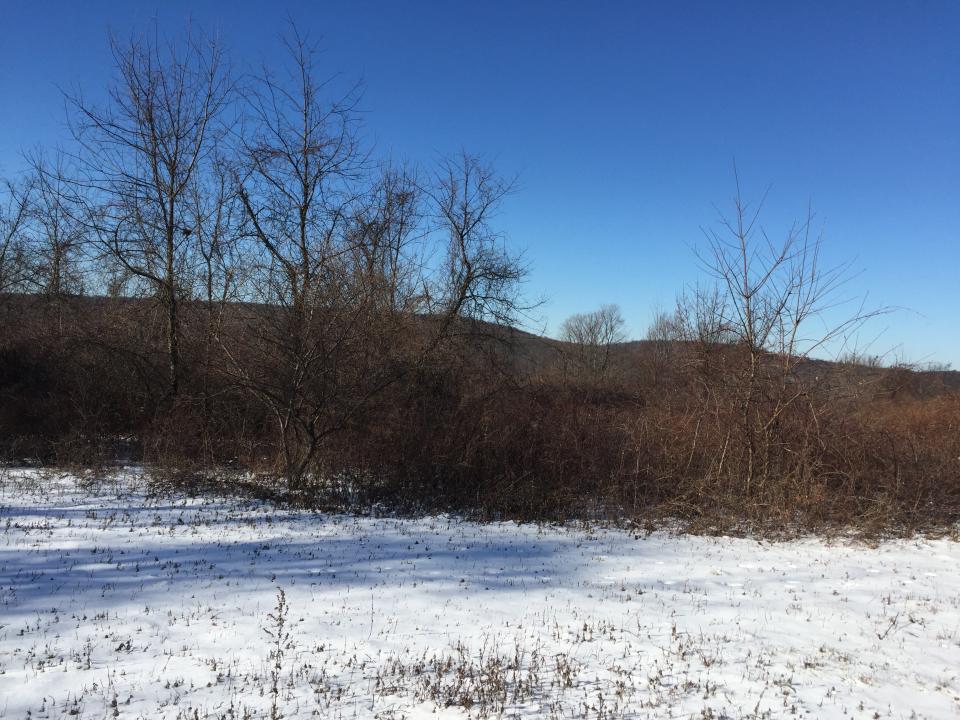
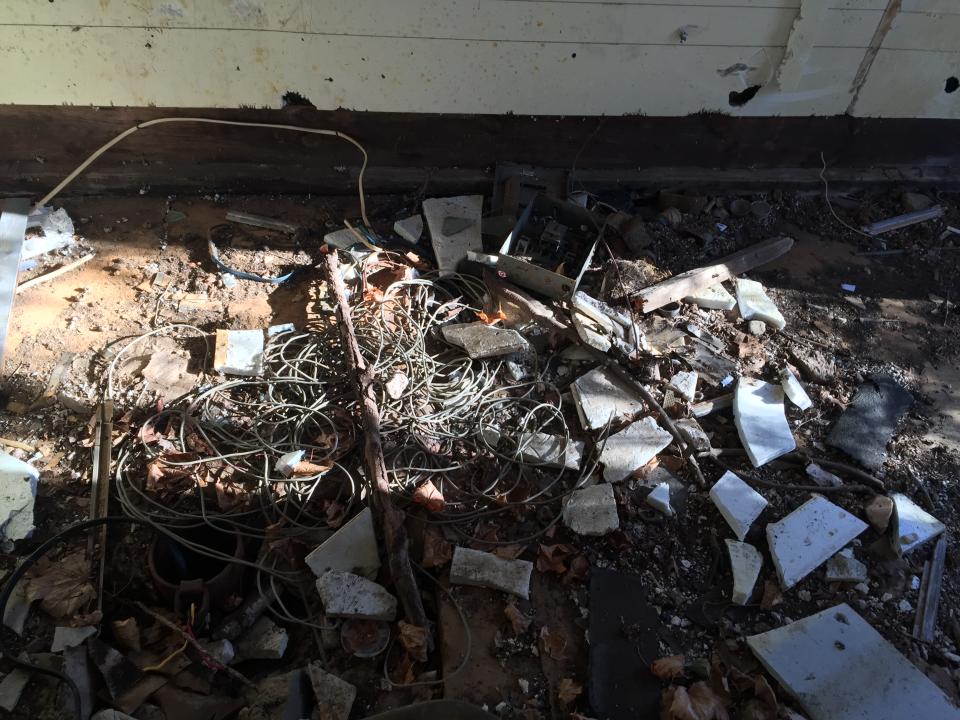
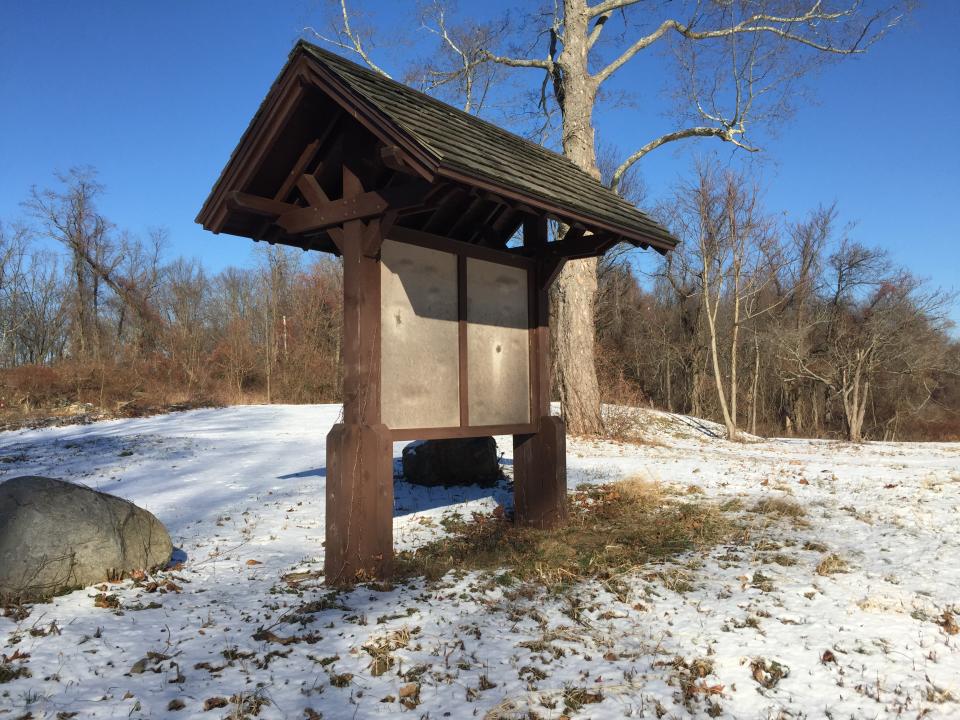
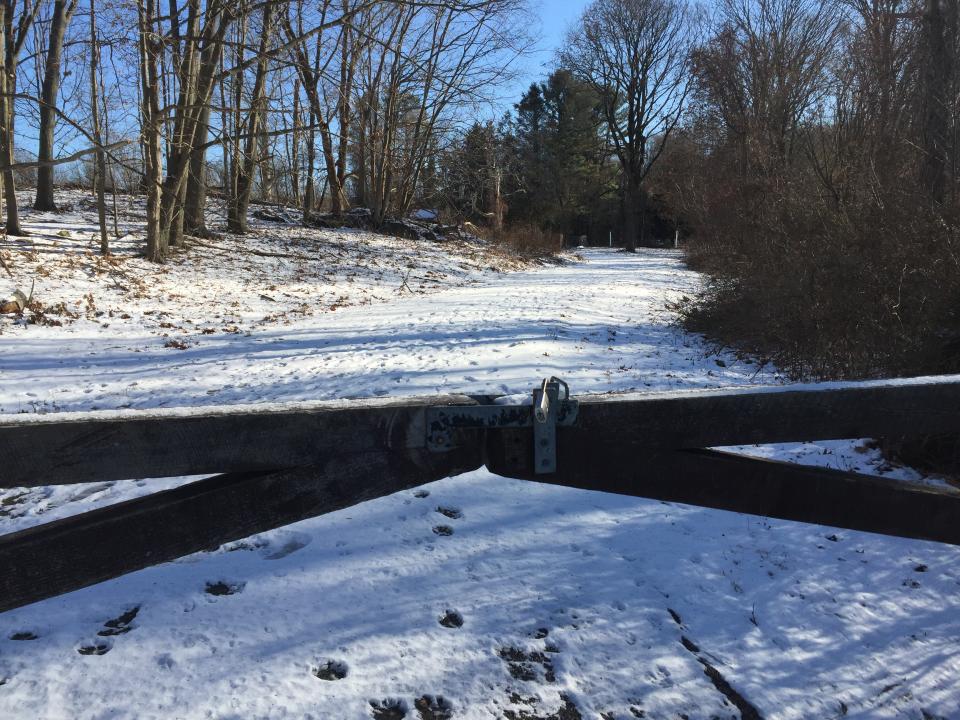

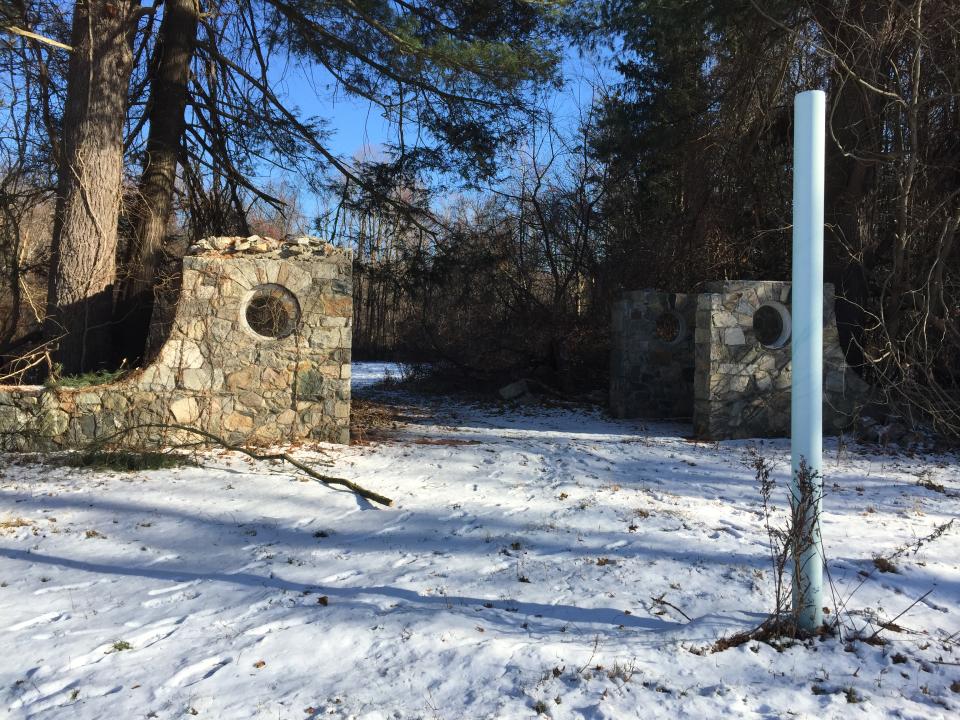
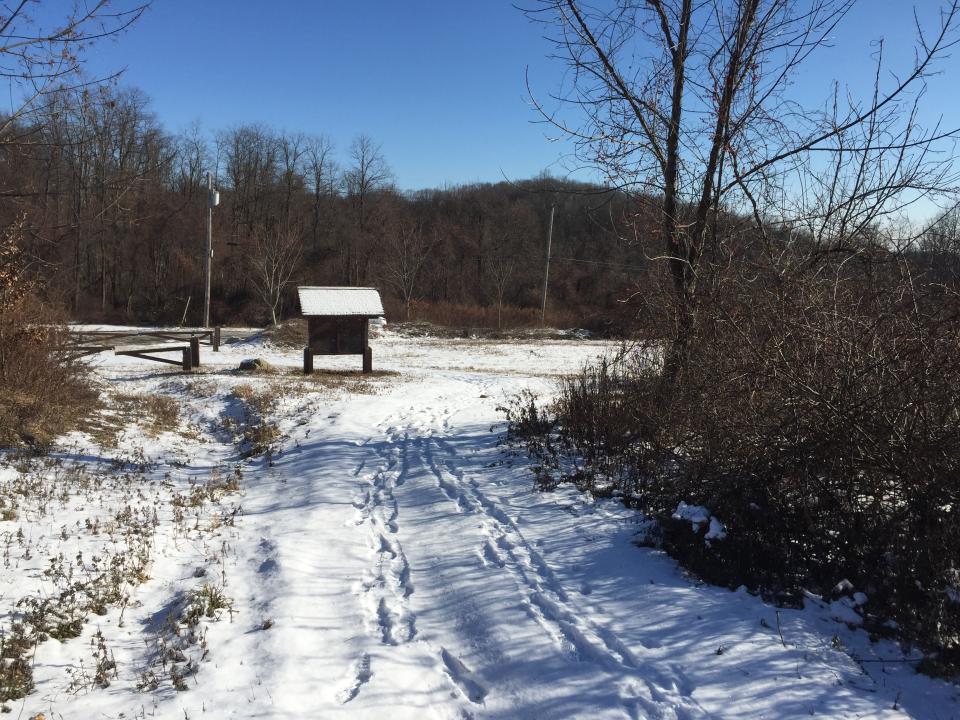

(Cover tile photo: Michael Walsh/Yahoo News)
Read more from Yahoo News:


